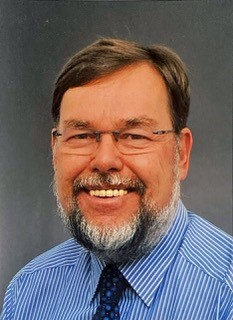How (and why) Si won the race toward millimeter-wave ICs
Date and Time
Location
Hosts
Registration
-
 Add Event to Calendar
Add Event to Calendar
Loading virtual attendance info...
Speakers
Dr.-Ing. Hermann Schumacher, Professor, Universität Ulm (retired)
Biography:
Hermann Schumacher received his Diploma in Electrical Engineering in 1982, and his Doctorate in Engineering (Dr.-Ing., with highest distinction) in 1986, both from RWTH Aachen University. In 1986, he joined Bell Communications Research in Red Bank, NJ, USA, researching compound semiconductor devices for optoelectronic integration of high-speed fiberoptic applications. Among other things, he was involved in early work on InP/InGaAs heterojunction bipolar transistors (HBTs).
In 1990, he joined Ulm University, Ulm, Germany. There, he and his research group worked on Si/SiGe HBTs (initially with the Daimler Research Center in Ulm), and, increasingly, microwave and millimeter-wave integrated circuits. From 2000 until 2016, he led the Competence Center on Integrated Circuits in Communications, a public-private partnership. Investigated applications ranged from short-range ultra-wideband radars for vital sign detection and security systems to complex frontend ICs for active electronically scanned satellite antennas.
From 2011 until 2022, Professor Schumacher developed and directed the School of Advanced Professional Studies, the continuing education unit of Ulm University.
In 2023, he retired from his positions at Ulm University, but is still actively pursuing his research interests, as well as teaching continuing education courses.
Address:Germany


